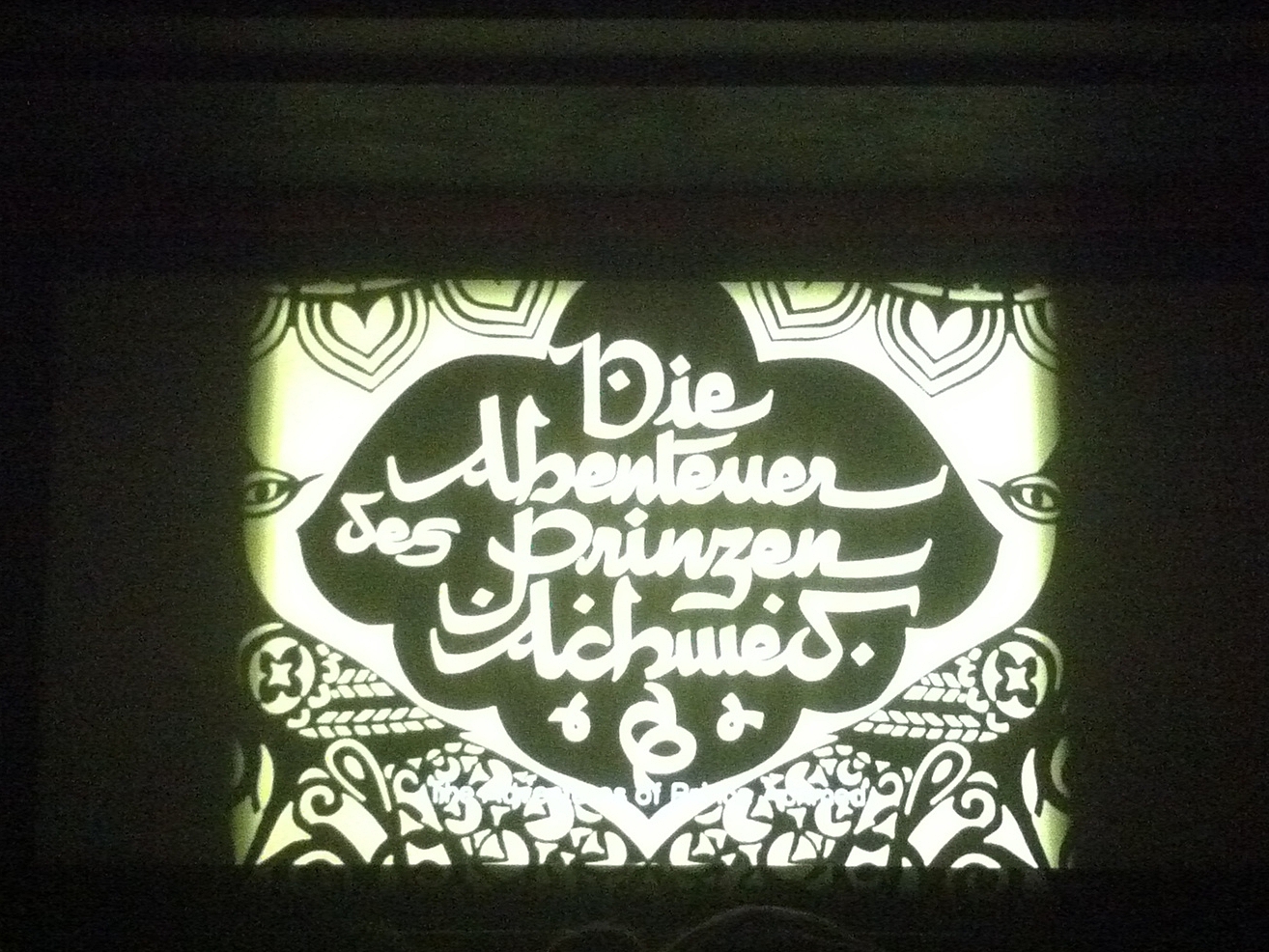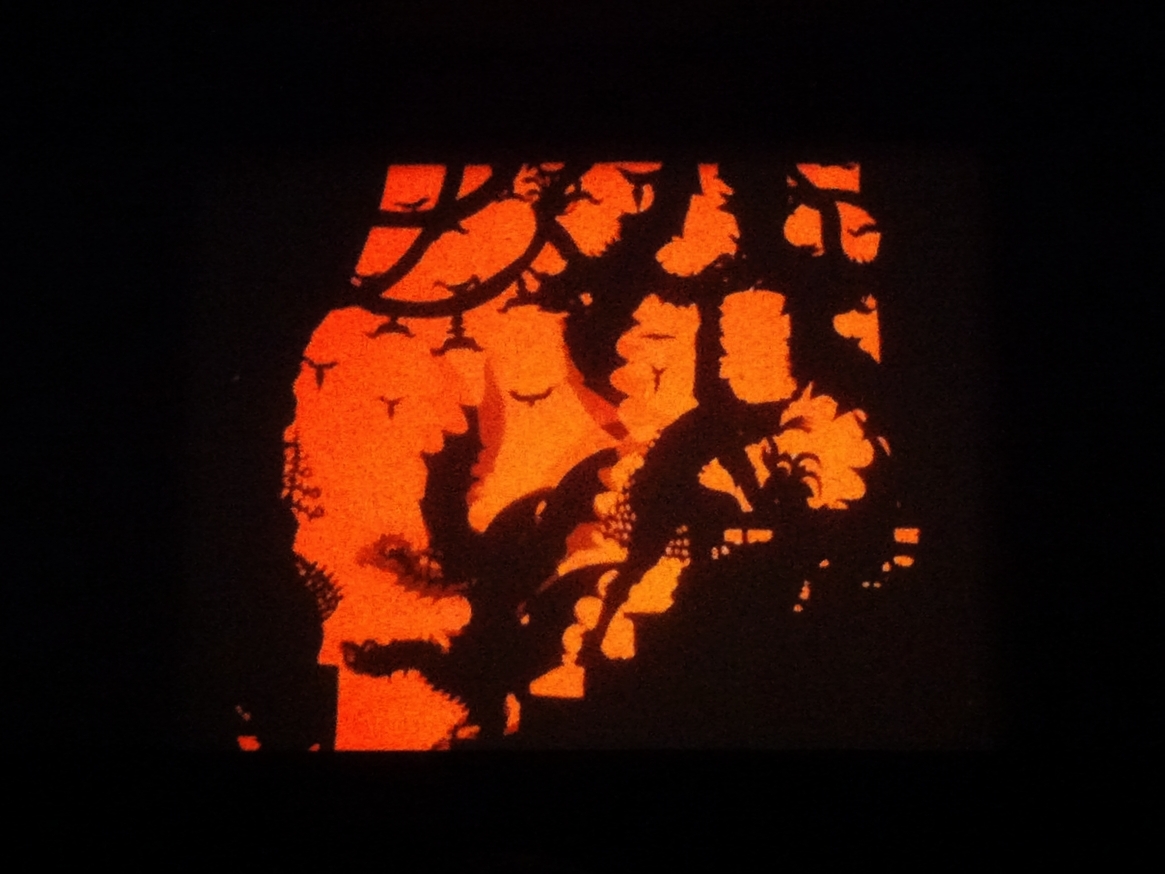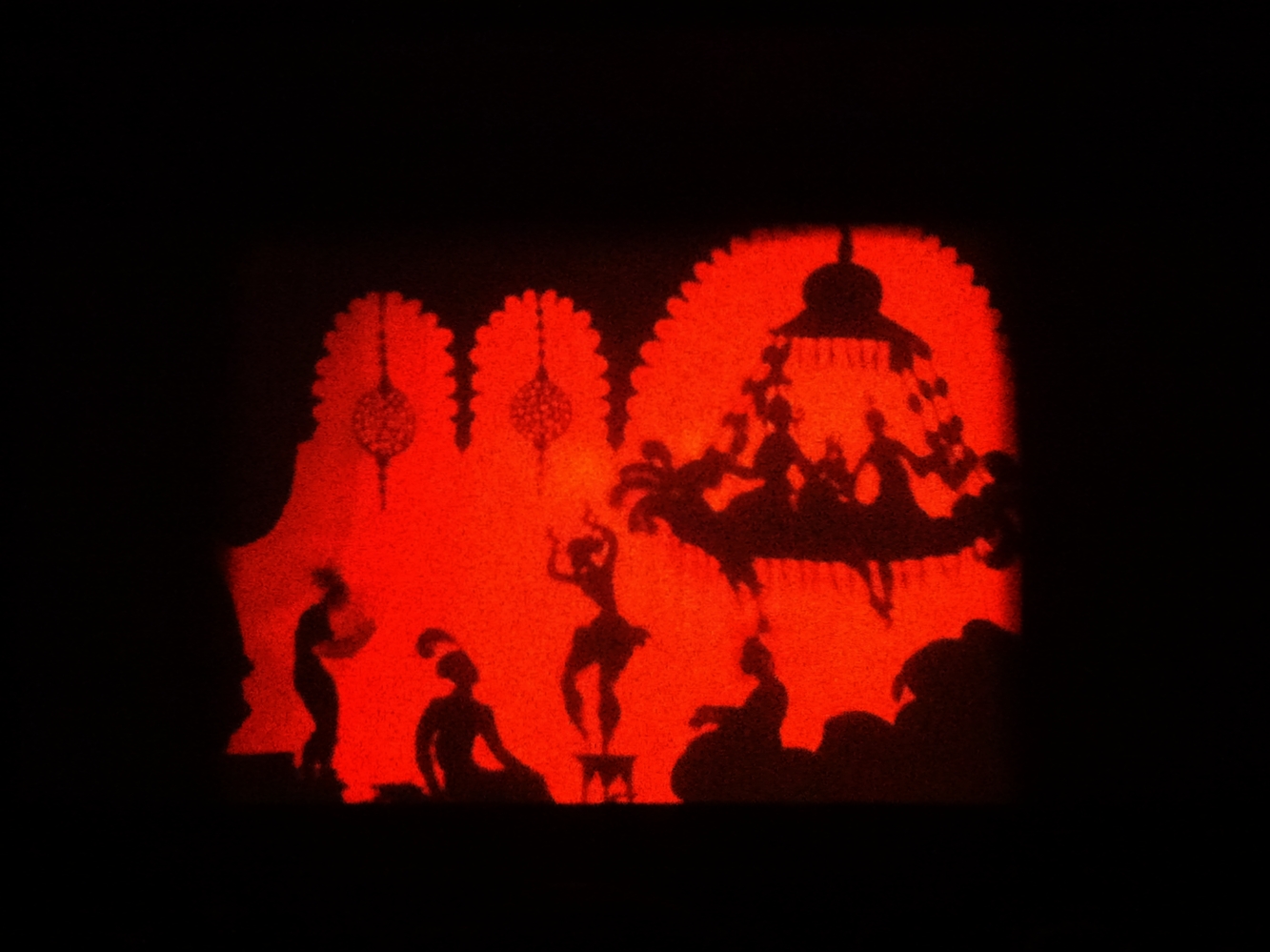The Adventures of Prince Achmed - 1926
Charlotte "Lotte" Reiniger - (2 June 1899 – 19 June 1981)
35mm - First Feature length Animated Film
Several years ago I had the privilege of viewing a projection in glorious 35mm, a restored copy of The Adventures of Prince Achmed originally released in 1926 during the end of the silent film era. This film does not, in my humble opinion, get enough praise. The first full length feature animated film, Created, edited and executed by a woman, in a time when this was exceedingly rare, not because of ability - which is obvious, but again because of patriarchal control of the industry. Reiniger along with Behold Bartosch devised and used the pedecessor to the first multiplane camera which, preceded Walt Disney and Ub Iwerks by a decade. A back-lit contraption utilizing several layers of glass and on each plane different characters or objects each animated or still, giving the illusion of depth on a flat plane. This is a remarkable film even 90+yrs later the way the colours illuminate the entire theatre and the simplicity of a story told through shadow puppets is mesmerizing, but to watch it on the big screen flickering through the majestic BAUER U2 is a life changing experience. Honestly, put this film on your bucket list - you will not be disappointed. I have added below a few added bits of information I "curated" from the internet. Enjoy!
Oh, and btw all the images but the last one were photographed in the theatre trying to capture and describe the luminosity and brilliance of the projected experience, hopefully you get the idea.
( The Adventures of Prince Achmed a story based on elements taken from the One Thousand and One Nights, specifically "The Story of Prince Ahmed and the Fairy Paribanou" features a silhouette animation technique Reiniger had invented which involved manipulated cutouts made from cardboard and thin sheets of lead under a camera. The technique she used for the camera is similar to Wayang shadow puppets, though hers were animated frame by frame, not manipulated in live action. The original prints featured colour tinting. No original German nitrate prints of the film are known to still exist. While the original film featured color tinting, prints available just prior to the restoration had all been in black and white. Working from surviving nitrate prints, German and British archivists restored the film during 1998 and 1999 including reinstating the original tinted image by using the Desmet method. Noël Desmet, starting in the 1960s, developed his own flashing method for restoring silent films, which had originally been coloured either by the process of tinting or toning (or both). With Desmet’s method, the original colour print is first copied onto modern, panchromatic black and white inter-negative film, rather than colour film. The colours are then applied later during production of the positive print.)
Several famous avant-garde animators worked on this film with Lotte Reiniger, among them Walter Ruttmann, Berthold Bartosch, and Carl Koch.
In 1923, she was approached by Louis Hagen, who had bought a large quantity of raw film stock as an investment to fight the spiralling inflation of the period, who asked her to do a feature-length animated film. There was some difficulty that came with doing this, however. Reiniger is quoted as saying "We had to think twice. This was a never heard of thing. Animated films were supposed to make people roar with laughter, and nobody had dared to entertain an audience with them for more than ten minutes. Everybody to whom we talked in the industry about the proposition was horrified."























